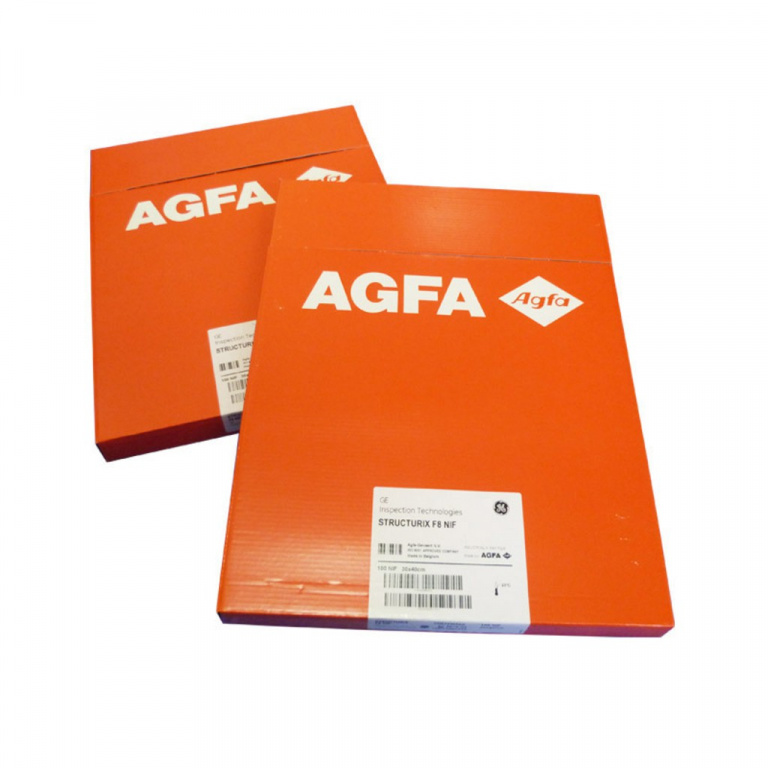

The average distances were 1.66 to 0.33 mm and greater distances were observed around the eyes, cheeks, mental and zygomatic regions.
Structurix d5 specs skin#
The results were presented from all the points that form the CCFR model, with an average for each comparison between 63% and 74% with a distance-2.5 x 2.5 mm from the skin surface. Soft-tissue depth and nose, ears and mouth were based on published data, observing Brazilian facial parameters.

A recognition level was performed using the Picasa ® recognition tool with a frontal standardized photography, images of the subject CT face model and the CCFR. The evaluation of accuracy was carried out in CloudCompare, by geometric comparison of the CCFR to the subject 3D face model (obtained from the CT data). The CCFRs were produced using Blender ® with 3D models obtained from the CT data and templates from the MakeHuman ® program. Four CCFRs were produced by one of the researchers, who was provided with information concerning the age, sex, and ethnic group of each subject.
Structurix d5 specs software#
The aim of this paper was to evaluate the accuracy and recognition level of three-dimensional (3D) computerized forensic craniofacial reconstruction (CCFR) performed in a blind test on open-source software using computed tomography (CT) data from live subjects. Other archaeological methods may be useful for reconstructing the faces of historicallyįacial reconstruction is a technique that aims to reproduce the individual facial characteristics based on interpretation of the skull, with the objective of recognition leading to identification. Based on discrepancies in facial tissue depth, it was possible to determine whether the CFR satisfactorilyĮmulated the actual facial appearance. Modeling techniques were used to estimate CFR accuracy. In this study, theįaces of ancient and medieval mummified individuals were reconstructed usingĬomputerized tomography (CT) skull models. However, the accuracy of CFR usually cannot be proven due to theĪbsence of any visual depiction of the mummified individual. CFR techniques have beenĭeployed in mummy studies to determine how the mummified individual appeared However, the thickness and shape of subcutaneous fat and musclesĬhange significantly during the mummification process. That the mummified face is very similar to that of the individual when he/she

Tissues often remain on mummified remains, and researchers tend to assume Individuals whose remains are discovered at archaeological sites. Scientists or practitioners can use this technique to recreate the faces of Used to reconstruct the facial appearance based on the analysis of skull morphology. In forensic and anthropological sciences, craniofacial reconstruction (CFR) is


 0 kommentar(er)
0 kommentar(er)
